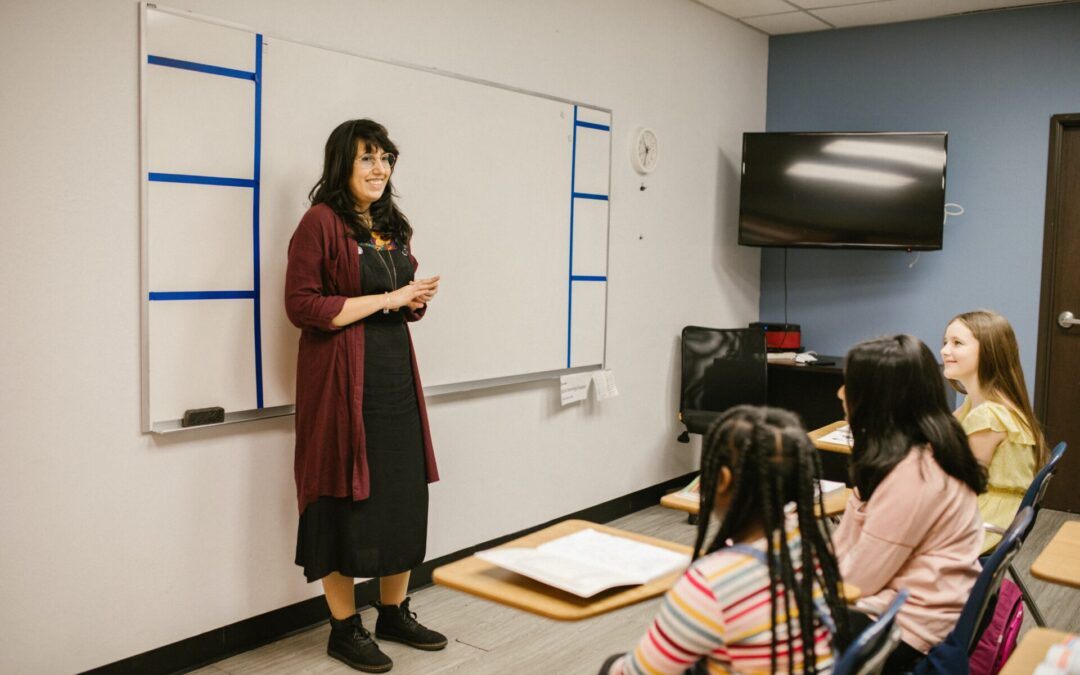In the realm of therapeutic interventions, creative drama therapy stands out as a powerful tool that combines the expressive arts and psychological healing. It offers individuals, regardless of age or ability, a unique pathway to explore emotions, foster personal growth, and develop essential life skills.
In this blog, we will delve into the inclusive and innovative nature of creative drama therapy, exploring how it harnesses the power of imagination, storytelling, and embodiment to promote healing and well-being.
1. Understanding Creative Drama Therapy
Creative drama therapy is a form of psychotherapy that integrates drama, play, and movement to help individuals express themselves and work through emotional, social, and cognitive challenges. It embraces inclusivity by catering to diverse populations, including children, adolescents, adults, and individuals with disabilities. By utilizing theatrical techniques, improvisation, role-playing, and storytelling, creative drama therapy provides a safe and supportive space for exploration and self-discovery.
2. Creating a Safe and Inclusive Environment
In creative drama therapy, creating a safe and inclusive environment is paramount. Therapists ensure that all participants feel respected, valued, and supported throughout the therapeutic process. By establishing trust and providing non-judgmental spaces, individuals can freely express their thoughts, emotions, and experiences. This inclusive approach encourages self-acceptance, builds resilience, and nurtures a sense of belonging.
3. Unleashing Imagination and Creativity
One of the distinctive features of creative drama therapy is its emphasis on imagination and creativity. Through role-playing, storytelling, and improvisation, participants can explore different perspectives, develop empathy, and gain insight into their own experiences. This imaginative process allows individuals to step outside their comfort zones, examine challenges from new angles, and discover innovative solutions to personal struggles.
4. Embodiment and Movement
Creative drama therapy harnesses the power of embodiment and movement to facilitate emotional expression and release. Through physical exploration, participants can embody emotions, experiences, and narratives, enabling a deeper understanding and integration of their feelings. Movement-based activities also promote body awareness, relaxation, and sensory integration, fostering holistic well-being.
5. Building Communication and Social Skills
In the realm of creative drama therapy, individuals are encouraged to engage in group activities, collaborative storytelling, and role-playing scenarios. These interactions promote the development of essential communication and social skills. Participants learn active listening, effective verbal and non-verbal communication, conflict resolution, and cooperation. By practicing these skills in a therapeutic setting, individuals can transfer them to their daily lives, enhancing their relationships and social interactions.
6. Enhancing Self-Expression and Empowerment
Creative drama therapy provides a platform for individuals to express themselves authentically, discover their unique voices, and reclaim personal agency. Through dramatic expression and storytelling, participants can explore their identities, emotions, and aspirations. This process not only fosters self-awareness but also empowers individuals to take control of their lives, make choices, and embrace personal growth and transformation.
7. Applications in Various Settings
Creative drama therapy finds its application in diverse settings, including schools, hospitals, rehabilitation centers, community programs, and mental health facilities. It can be used to address a wide range of psychological, emotional, and behavioral issues such as trauma, anxiety, depression, self-esteem, and social skills deficits. Its versatility makes it a valuable therapeutic approach for individuals of all ages and backgrounds.
Inclusive and innovative, creative drama therapy offers a powerful means of therapeutic intervention that combines the expressive arts and psychological healing. Through imaginative exploration, embodiment, and the fostering of communication and social skills, individuals can find healing, self-expression, and personal empowerment. As we embrace the transformative potential of creative drama therapy, we open up new avenues for holistic well-being and resilience


Recent Comments